PhD students spend their time pursuing whatever general paths their supervisor has given them, and if they are lucky, it yields enough solid data to finally write a thesis without tearing their hair out. Sometimes along the way they result in discoveries with immediate application outside academia, and so it was for [Paul Bupe Jr.], whose work resulted in a rather elegant and simple bend sensor.
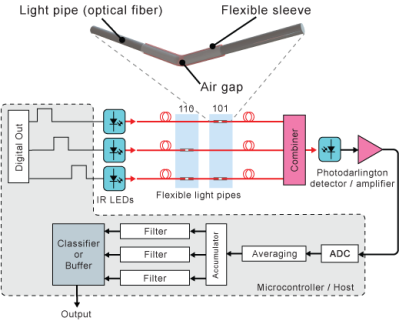 The original research came when shining light along flexible media, including a piece of transparent 3D printer filament. He noticed that when the filament was bent at a point that it was covered by a piece of electrical tape there was a reduction in transmission, and from this he was able to repeat the effect with a piece of pipe over a narrow air gap in the medium.
The original research came when shining light along flexible media, including a piece of transparent 3D printer filament. He noticed that when the filament was bent at a point that it was covered by a piece of electrical tape there was a reduction in transmission, and from this he was able to repeat the effect with a piece of pipe over a narrow air gap in the medium.
Putting these at regular intervals and measuring the transmission for light sent along it, he could then detect a bend. Take three filaments with the air-gap-pipe sensors spaced to form a Gray code, and he could digitally read the location.
He appears to be developing this discovery into a product. We’re not sure which is likely to be more stress, writing up his thesis, or surviving a small start-up, so we wish him luck.

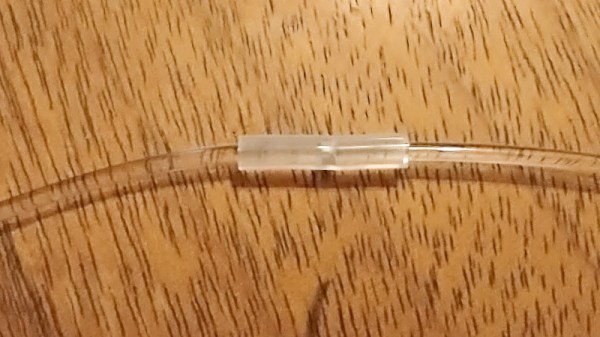

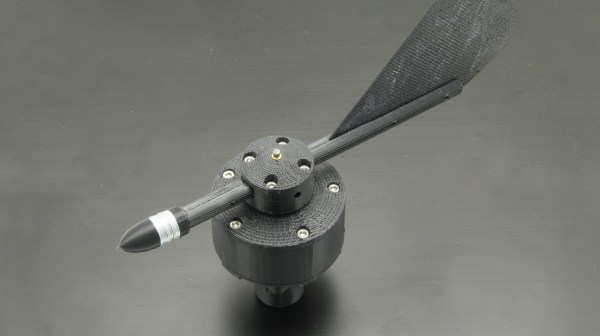
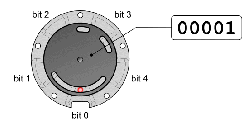



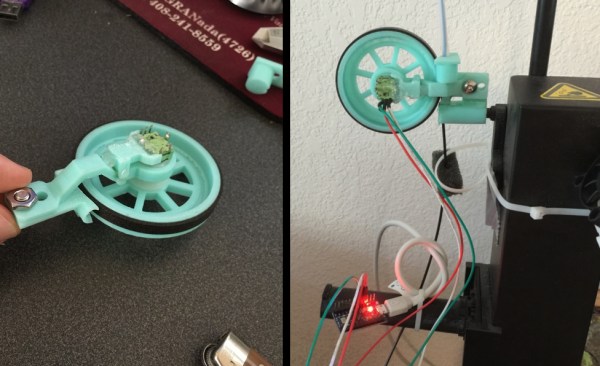
 [Florian] designed a small assembly with a wheel and encoder that measures filament movement. The filament passes under the encoder wheel before it’s fed into the 3D printer. The encoder is hooked up to an Arduino which measures the Gray code pulses as the encoder rotates, and the encoder count is streamed over the serial port to a computer.
[Florian] designed a small assembly with a wheel and encoder that measures filament movement. The filament passes under the encoder wheel before it’s fed into the 3D printer. The encoder is hooked up to an Arduino which measures the Gray code pulses as the encoder rotates, and the encoder count is streamed over the serial port to a computer.










